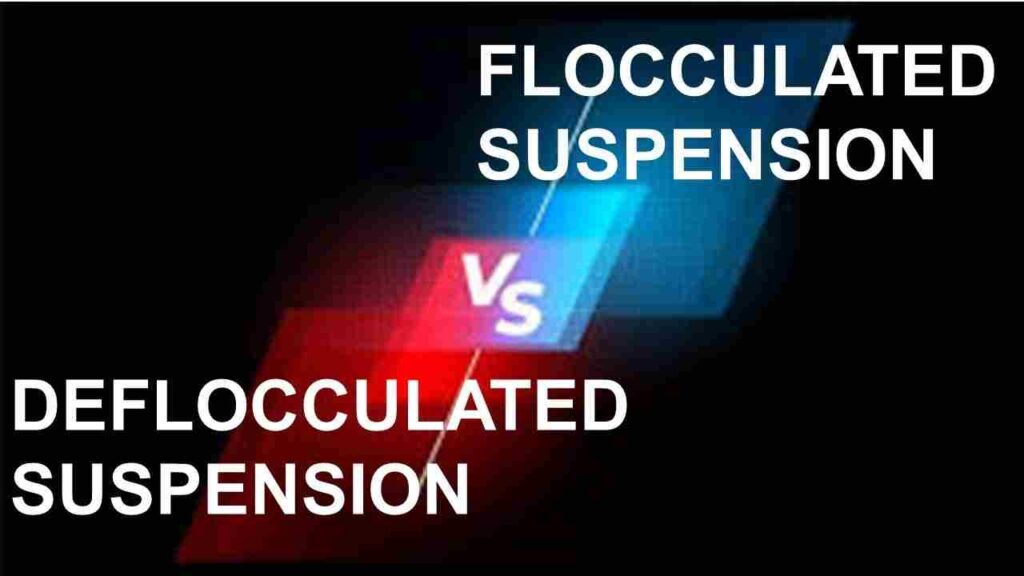
Explore 10 Key Difference between Flocculated and Deflocculated Suspension
Hey there! Have you ever wondered about the difference between flocculated and deflocculated suspension? Well, in this article, we’ll explore these terms and unravel their significance. Let’s dive in and satisfy our curiosity!
Difference between Flocculated and Deflocculated Suspension
When discussing suspensions, particularly in the field of chemistry or material science, the terms “flocculated” and “deflocculated” are often used to describe two distinct states. These terms refer to the arrangement and behavior of particles within a suspension. Let’s explore the ten key difference between flocculated and deflocculated suspension.
Particle Distribution: Particles in a flocculated suspension have a tendency to cluster and aggregate, leading to an uneven distribution. A deflocculated suspension, on the other hand, shows a uniform distribution of particles throughout the medium.
Settling Rate: Because of the larger and denser particle clusters, flocculated suspensions settle more slowly. Particles in deflocculated suspensions continue to be dispersed but settle more quickly.
Stability: Deflocculated suspensions are more stable than flocculated suspensions in terms of stability. Particles in a deflocculated state are stable because of the repelling forces that keep them from aggregating.
Viscosity: Due to the increased interaction between particle clusters, flocculated suspensions typically have higher viscosities. Lower viscosity is caused by less particle-particle interaction in deflocculated suspensions
Transparency: Because flocculated suspensions contain light-scattering particle clusters, they frequently have a cloudy or opaque appearance. Deflocculated suspensions typically exhibit greater transparency due to their uniform distribution.
Sedimentation: Sedimentation frequently results in the formation of a distinct sediment layer in flocculated suspensions. However, deflocculated suspensions produce a sediment layer that is more uniform.
Rheological Behavior: Shear-thinning behaviour, in which viscosity decreases with rising shear stress, is seen in flocculated suspensions. On the other hand, deflocculated suspensions behave more like Newtonian fluids, keeping their viscosity constant under all shear conditions.
Re-dispersibility: Because the particle clusters in flocculated suspensions can be broken down, they are simpler to re-disperse after settling. Since the individual particles in deflocculated suspensions have already been dispersed, redistributing them requires more energy.
Filtration: Because flocculated suspensions contain larger particle clusters that the filter medium can trap, they are usually simpler to filter. To achieve the desired separation from deflocculated suspensions, finer filters or additional filtration methods may be necessary.
Surface Area: Because of the particle clusters, flocculated suspensions have a smaller effective surface area than deflocculated suspensions. This means that there is less surface area available for interactions or reactions.
In many scientific and industrial applications, it is essential to comprehend the difference between flocculated and deflocculated suspension. The control and manipulation of suspension states are essential for optimising product characteristics and performance, whether the focus is on the stability of pharmaceutical formulations, the flow characteristics of paints and coatings, or the performance of ceramic materials.
Also Read: Understand the Time difference between India and Malaysia